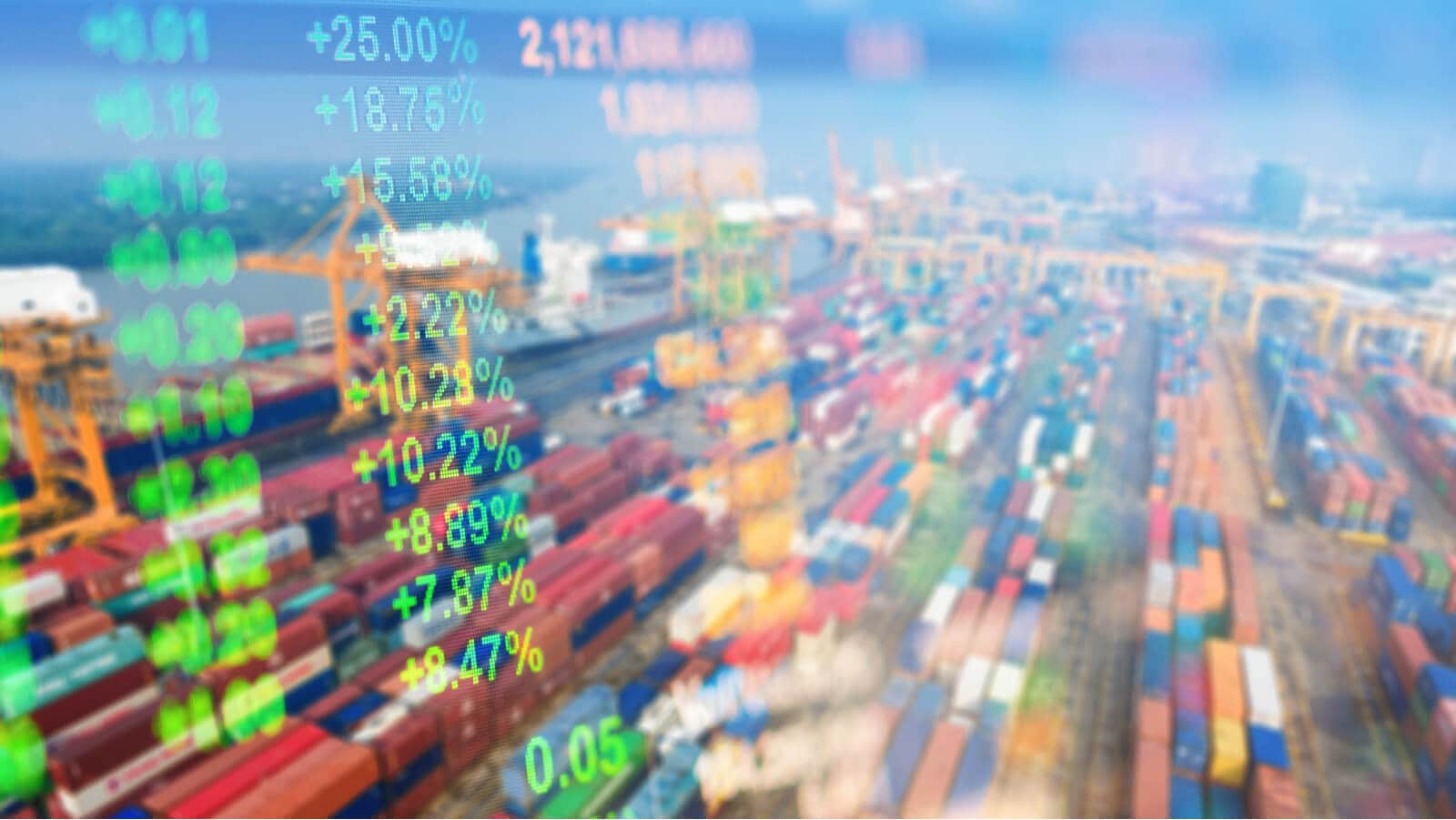
The last 18 months has seen astronomical disruption throughout the entire supply chain. Once upon a time, supply chain professionals’ key challenge was efficiency in their supply chain. Now, with these disruptions being regular occurrences, companies must make a tradeoff between resilience and efficiency in their supply chain. In our latest webinar, FourKites discussed this key tradeoff with Zebra Technologies and how they have realized best practices for balancing this in their supply chain.
Since the pandemic, the importance of global supply chains and how fragile they can be have been front-and-center, even for those outside the industry. With the inventory management strategy of just-in-time, companies designed supply chains to be hyper-efficient, using the fewest lanes or handoffs possible. The challenge is when bottlenecks and disruptions significantly impact supply chains. In the last couple of years, the confluence was not only from port congestion due to COVID-19 outbreaks but other external disruptions, such as the Suez Canal blockage.
“Now, organizations are looking at their supply chains and thinking, is it worth doing an analysis to build in a level of resiliency?” said Fab Brasca, VP of Industry of FourKites, “this way, organizations can rebound during disruptions in an efficient way.”
According to Brasca, in terms of supply chain resiliency, there are two types:
Digitization and the implementation of supply chain visibility technology have been a key component of efficiency for Zebra Technologies. By implementing a TMS, a supply chain visibility platform and freight spend technologies during the pandemic, Zebra Technologies was able to recognize reductions in freight spend, have a single source of truth and visibility into shipments, improved ETAs and exception management.
“By leveraging RPA, bot solutions, self-service document retrieval and automated rate uploads, my team was able to save about 1,000 manual work hours in the last months,” said Kimberley Segel, Director of Global Transportation at Zebra Technologies.
One area that Zebra Technologies saw as a challenge was the need for robust scenario planning and ensuring shipments are always moving. The manufacturer challenged their partners to develop creative solutions and brought new partners in for fresh insights on increasing efficiency. Another notable solution was the creation of playbooks that allowed for backup plans for their key lanes via alternative port and mode usage, providing resiliency in case of delays or disruptions to their supply chain operations.
Another opportunity to develop resiliency is by better leveraging data to gain insights. Many shippers collect data, but visibility is really about making use of the data. With a massive amount of data you can apply advanced technologies to make the data more actionable, such as identifying weak areas in your supply chain or underperforming lanes and carriers. This raises awareness of possible disruptions via predictive events and opens the door for the opportunity to be proactive with end customers.
In summary, the webinar panelists had these tips for anyone looking to balance the tradeoff between resiliency and efficiency in supply chains:
Watch the webinar now to hear FourKites’ and Zebra Technologies’ best practices for balancing resiliency and efficiency.